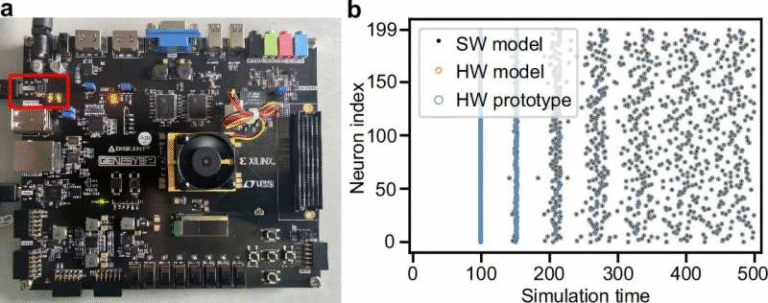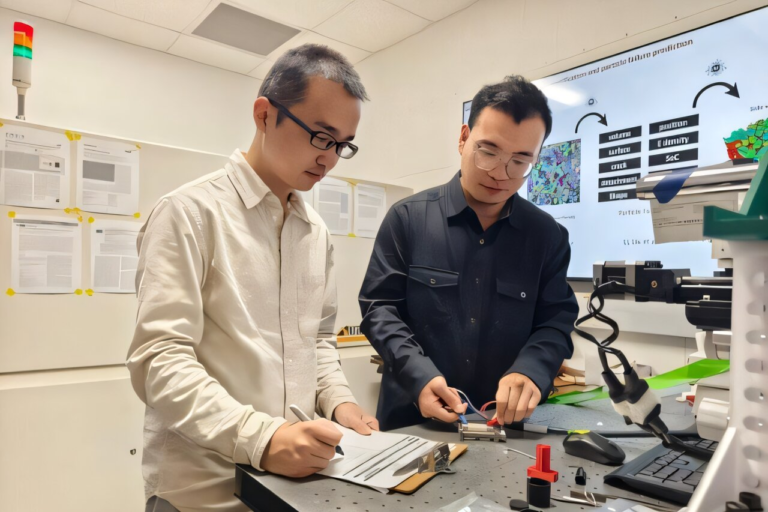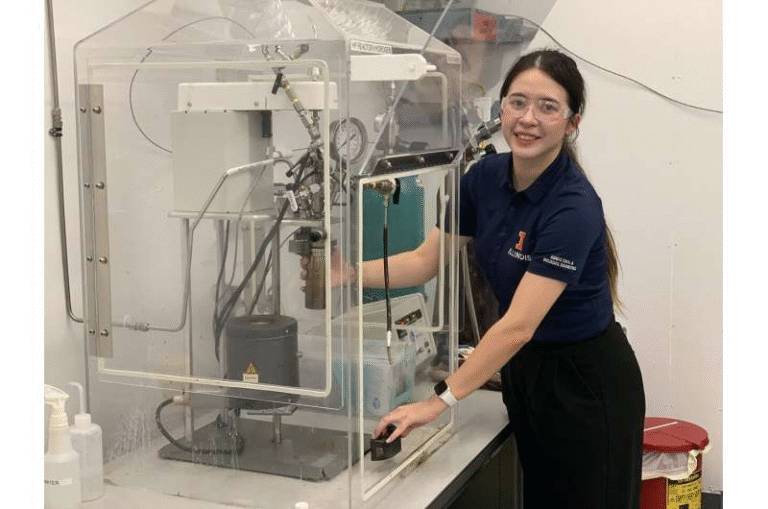Breakthrough in OLED and Metasurface Technology Could Bring Holograms to Your Phone
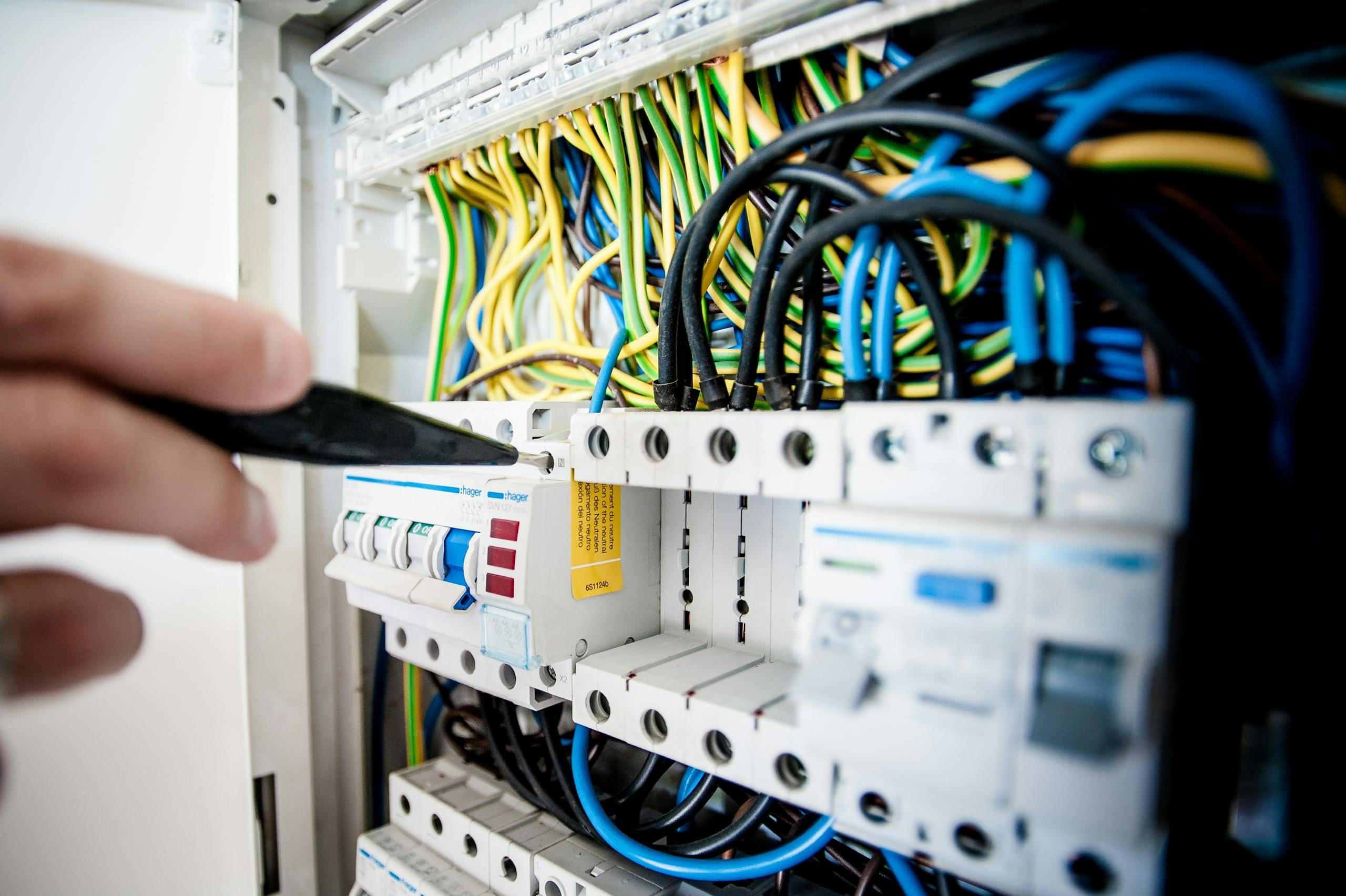
A team of researchers at the University of St Andrews has taken a big step forward in the quest to make holographic displays smaller, cheaper, and more practical. Their new work, published in the journal Light: Science & Applications in August 2025, shows how OLEDs (Organic Light-Emitting Diodes) can be combined with holographic metasurfaces to project holograms without the need for bulky lasers or complicated setups. This could open the door for holograms on smartphones, headsets, and other compact devices.
This article takes a straightforward look at exactly what the researchers did, what their results were, and why it matters. Along the way, we’ll also dive into some extra background on OLEDs, metasurfaces, and holographic imaging to give you a broader perspective.
The Core Idea
Traditionally, holograms have relied on lasers as the light source. Lasers are coherent and narrow in wavelength, which makes them ideal for creating crisp interference patterns — the backbone of holography. But lasers are not practical for consumer devices because they are expensive, relatively large, and not easy to integrate into thin displays.
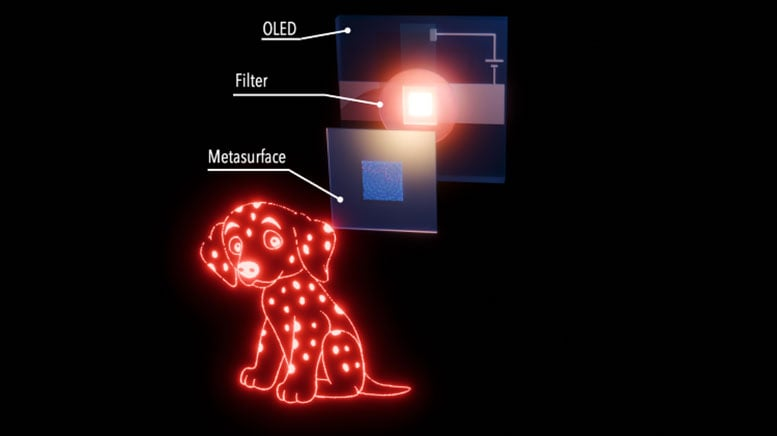
The team at St Andrews demonstrated a different approach: pairing OLEDs with metasurfaces. OLEDs are already widely used in phones and TVs because they are flat, thin, and flexible. Metasurfaces are nanostructured materials that can control light in precise ways. By combining them, the researchers created a compact system that projects holographic images without lasers.
The Experiment in Detail
The OLED Light Source
- The researchers built a top-emitting OLED on a silicon substrate.
- The OLED used a p-i-n structure, allowing it to handle high current densities.
- It achieved current densities of up to 64 A/cm² at about 12 V.
- The device reached a very high brightness of about 3.2 × 10⁵ cd/m².
- Its emission peaked at 664 nm (a red light) with a 63 nm bandwidth (full width at half maximum).
These numbers matter because they show the OLED can produce strong, bright light — critical for generating visible holograms.
The Metasurface Design
- The metasurface was phase-only and transmissive.
- It was made of tiny zirconium dioxide (ZrO₂) pillars embedded in PMMA (a transparent material).
- Each pillar acted as a “meta-atom” — a building block about a thousandth the width of a human hair.
- The spacing (pitch) of the meta-atoms was about 300 nm.
- By adjusting the radius of each pillar, researchers controlled how light passing through was delayed in phase.
- The hologram pattern was designed using a Gerchberg-Saxton algorithm, a computational method often used in holography.
The metasurface contained about 1667 × 1667 pixels, each measuring 300 × 300 nm, creating a holographic image of 333 × 333 pixels, each about 500 × 500 µm in size.
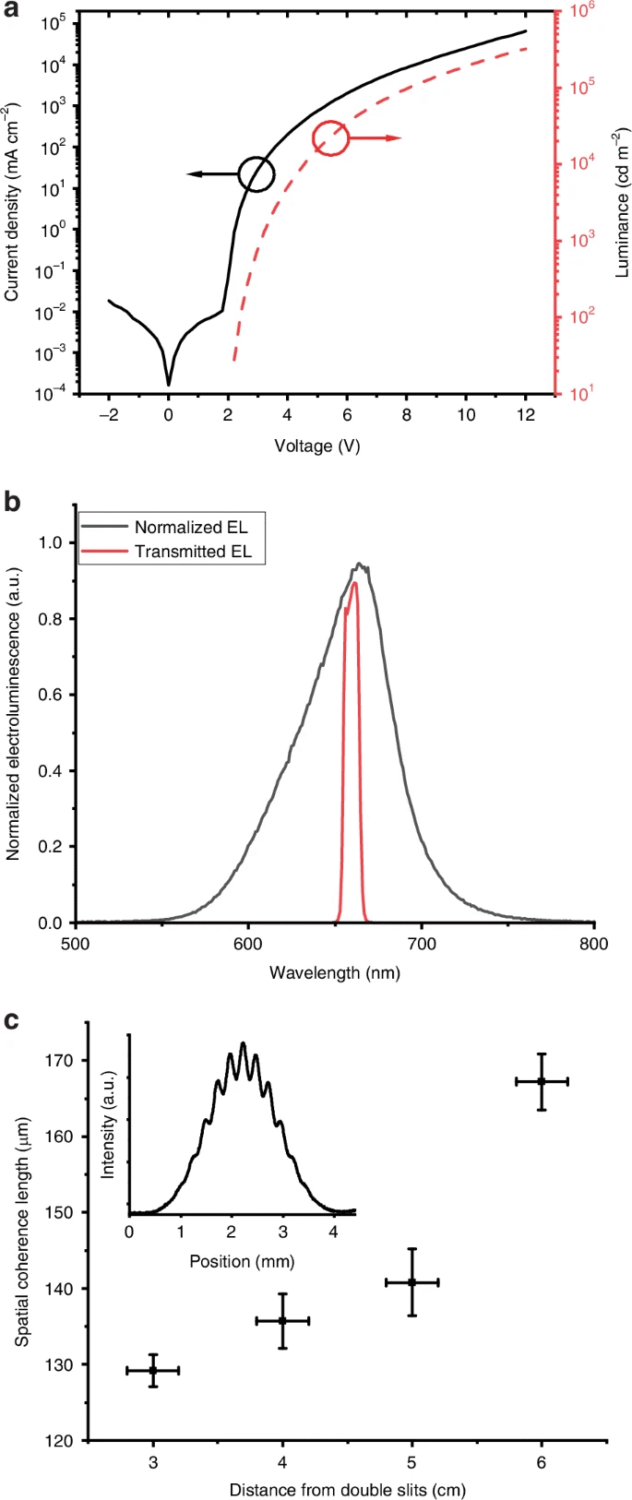
b) Electroluminescence spectrum of the OLED, shown both with and without a bandpass filter.
c) Spatial coherence length measured as a function of the distance between the OLED and the double slits. The inset displays the observed fringe pattern when the OLED is positioned 6 cm from the slits. Error bars indicate the measurement uncertainties. Credit: University of St Andrews
The Setup and Testing
- The researchers positioned the OLED and metasurface 3 to 6 cm apart.
- Increasing the distance improved spatial coherence — from about 130 µm at 3 cm to 170 µm at 6 cm.
- They also tested the system with and without a bandpass filter.
- Without the filter, the OLED had a bandwidth of 63 nm.
- With the filter, this narrowed to 10 nm, improving clarity.
What They Found
- Without filtering: The holographic image appeared but was blurred and partially missing.
- With the 10 nm filter: The image became much sharper, and the full hologram (a “Dalmatian” test image) was visible.
- The system produced line features as small as 300 µm.
- Importantly, the holograms had low speckle noise (contrast ~0.23), far lower than the ~0.81 typical for laser holograms. Lower speckle means smoother, clearer images.
- Even with the broad spectrum of an OLED and lower coherence compared to lasers, the metasurface managed to reconstruct useful holograms.
The most impressive part? This worked with just a few centimeters of separation between the OLED and metasurface, showing that miniaturized holographic projectors are possible.
Why It Matters
This approach solves a major barrier in bringing holograms into everyday devices. With a single OLED pixel, the researchers were able to project a complete holographic image. Compare that to traditional displays, which need thousands of pixels to make even a simple picture.
OLEDs are already cheap, mass-produced, and found in millions of devices. Metasurfaces, while still emerging, are becoming easier to fabricate. Together, they make a scalable platform for compact holographic systems.
Challenges Still Ahead
Despite the breakthrough, several hurdles remain:
- Brightness: OLEDs are less powerful than lasers. Bright holograms in daylight or large spaces might be difficult without further improvements.
- Color limitations: The current device worked with red light (664 nm). To get full-color holograms, similar OLED-metasurface setups would need to work for green and blue, complicating design.
- Resolution: The smallest feature was about 300 µm, which is still coarse compared to modern smartphone displays. Shrinking this down will be tricky.
- Filters: While spectral filters helped, they also reduce brightness. Finding ways to integrate efficient filtering directly into the OLED or metasurface would help.
- Integration: Building this into flexible or curved displays (like on a phone) will require engineering solutions.
Wider Applications
If these challenges are addressed, the technology could impact:
- Augmented reality (AR) and virtual reality (VR) headsets, making them lighter and more compact.
- Smartphones that can project holograms directly from the screen.
- Portable holographic projectors for entertainment or education.
- Sensing and security applications, like anti-counterfeiting holograms or biometric systems.
Extra Background: Understanding OLEDs
OLEDs are already popular in consumer electronics. They work by using organic molecules that emit light when electricity passes through them. Unlike LCDs, OLEDs don’t need backlights — each pixel produces its own light.
Key strengths of OLEDs:
- They’re thin, lightweight, and flexible.
- They have excellent contrast because pixels can switch off completely.
- They can be fabricated on various surfaces, even transparent or flexible ones.
Beyond displays, OLEDs are being explored for optical communication, sensors, and biophotonics, thanks to their versatility.
Extra Background: What Are Metasurfaces?
Metasurfaces are artificial surfaces made of nanostructures that manipulate light in ways natural materials cannot.
- Each meta-atom can bend, delay, or filter light.
- By arranging them carefully, metasurfaces can act as ultra-thin lenses, filters, or holograms.
- Unlike bulky optical components, metasurfaces are flat and compact, making them perfect for integration into devices.
Applications already being explored include microscopy, data storage, security features, and next-generation optical displays.
Extra Background: Holography Basics
Holography works on the principle of light interference. When two coherent light waves meet, they create a pattern that encodes information about an object’s depth and shape.
Traditional holograms use lasers because of their coherence (light waves in sync) and narrow wavelength. But as this research shows, clever engineering can make holography possible with less-than-perfect light sources like OLEDs.
Looking Ahead
The University of St Andrews study doesn’t mean holographic phones are arriving tomorrow, but it shows a clear path forward. By proving that a compact OLED-metasurface setup can generate visible holograms, the team has broken through a key technological barrier.
Future research will likely focus on:
- Improving resolution and brightness.
- Expanding to RGB (red, green, blue) systems for full-color holography.
- Exploring integrated filtering methods.
- Designing mass-production techniques for metasurfaces.
If successful, this could change not only displays but also how we interact with information, entertainment, and even communication tools.
Final Thoughts
This breakthrough shows how fast nanophotonics and display technology are evolving. Just a decade ago, the idea of holograms from a phone seemed like science fiction. Now, researchers are demonstrating real prototypes that may one day bring miniature holographic projectors into everyday life.
It’s not perfect yet — there are real challenges — but the foundation has been laid. With further advances, the dream of pulling a phone out of your pocket and projecting a crisp hologram could move from the lab to reality.
Research Source: OLED illuminated metasurfaces for holographic image projection – Light: Science & Applications (2025)


